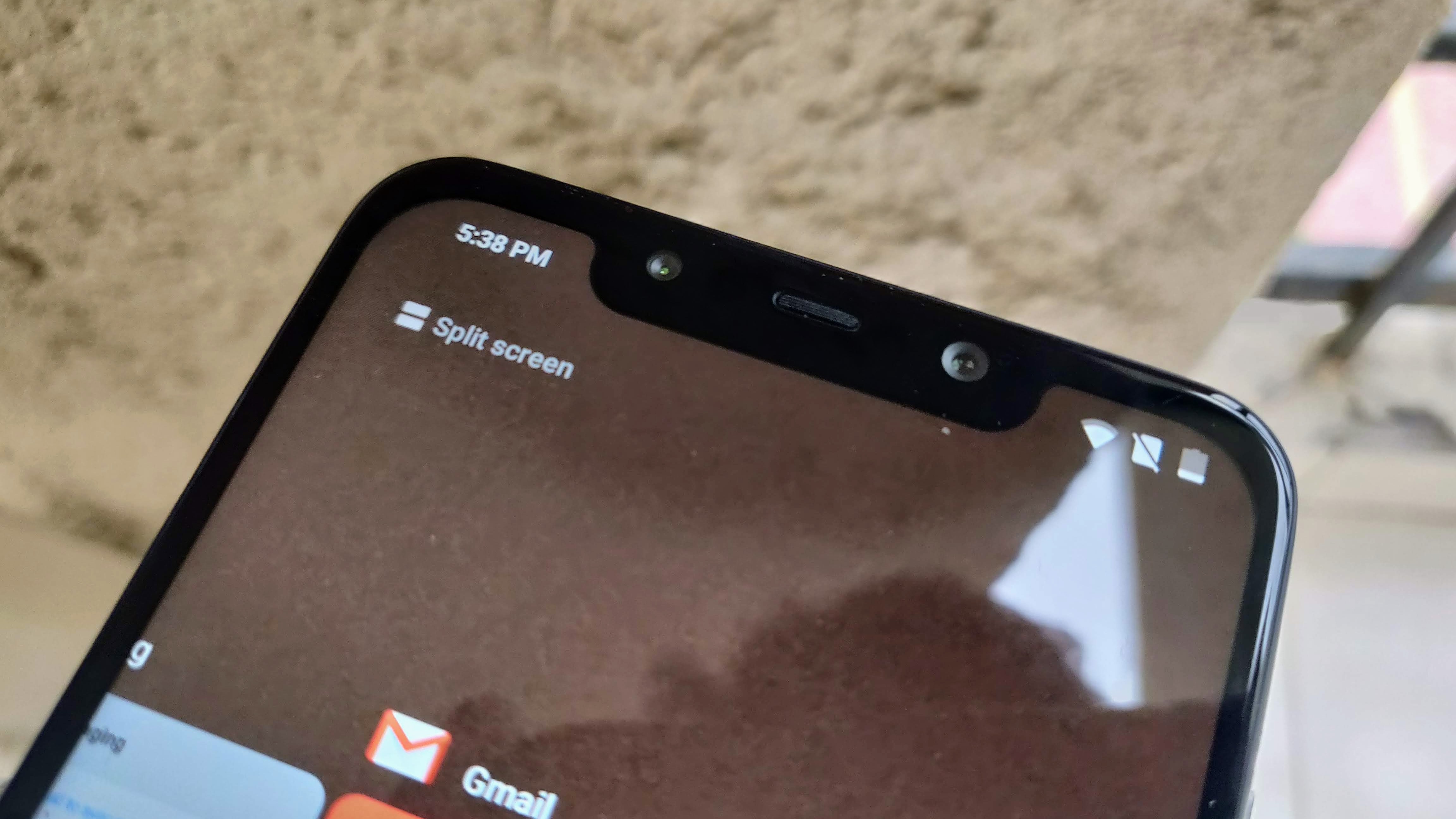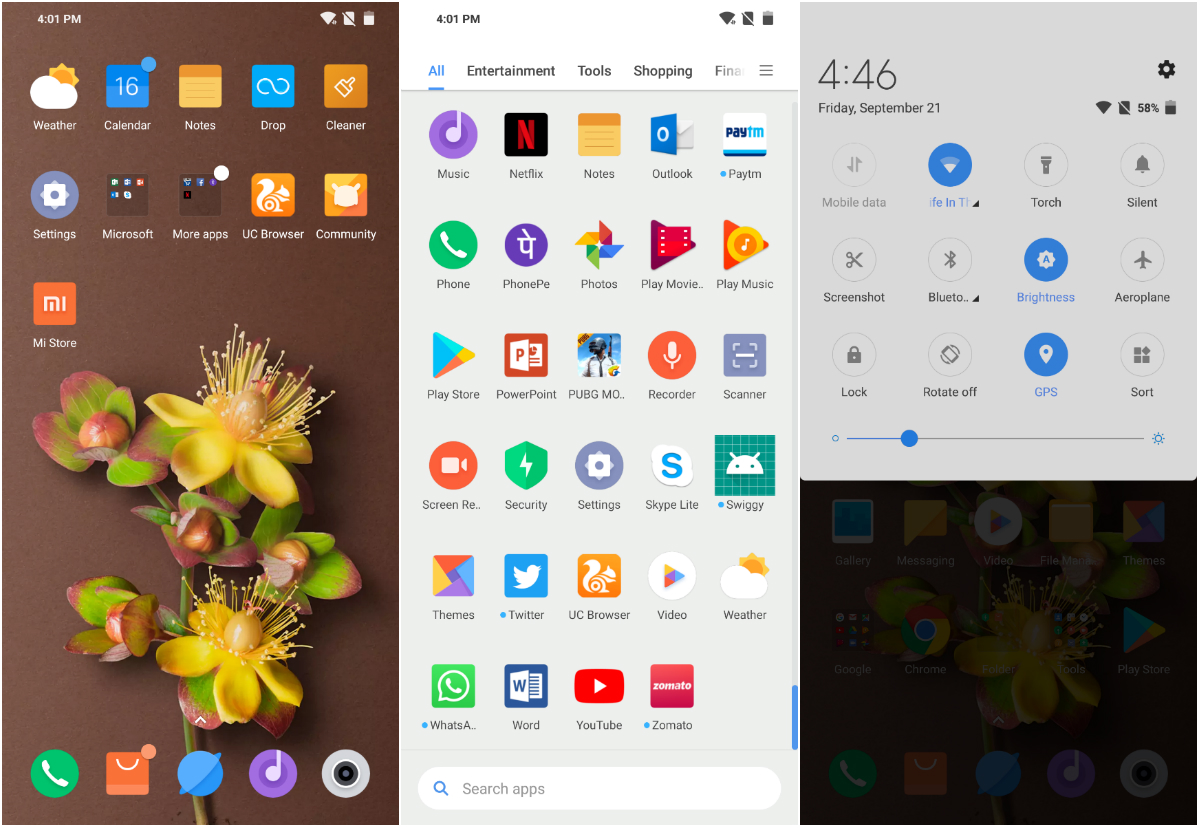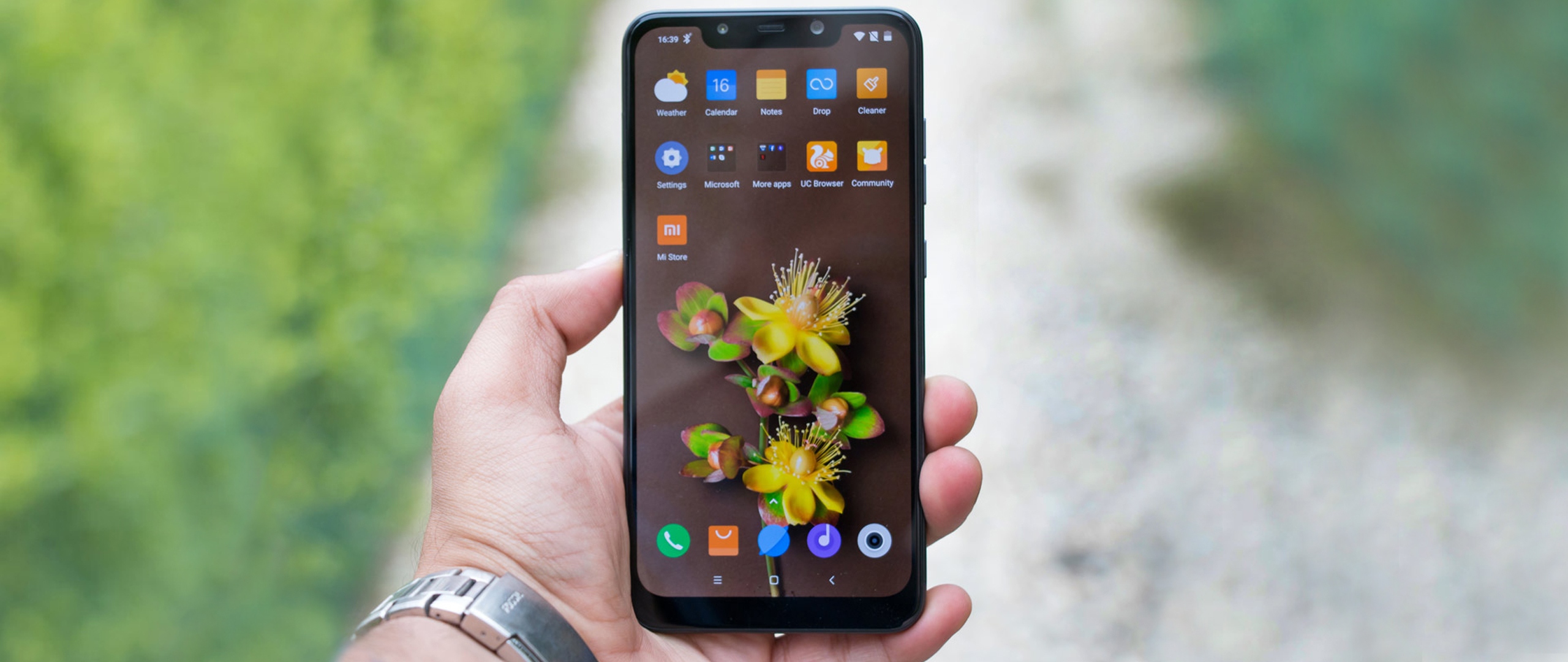Why you can trust TechRadar
A veritable beast of a handset
- High-end specs and vapor cooling
- Consistently strong performance
Typically, the rule of mid-range handsets is that they come with mid-range processors. These might be scraped together from the offcuts of yesteryear, but offer enough power and flexibility to get the job done.
The Pocophone F1 turns this logic on its head, packing the top-tier Snapdragon chipset of its launch, the 845, into its plastic shell.
Paired with between 6 and 8 gigabytes of RAM, and a generous storage allocation, this is all that the Pocophone F1 needs to fly - and fly it does.
Whether nipping through the MIUI operating system, or powering up the latest game, nothing will cause it to break a sweat. This device is a love letter to the power user who demands more of their device and who doesn’t care so much about looks and fashion.
There are still a few differences between this and the big boys however. The Pocophone F1 doesn’t come with a specially optimized touch layer like the iPhone XS, or a high refresh rate screen like the Razer Phone 2, and the slightly poorer thermal dissipation properties of the polycarbonate body means that longer gaming sessions can get it hot and flustered.
That isn’t to say that it ever throttles however, as some (primarily Huawei) devices occasionally do when the going gets tough. A vapor-cooling chamber built in helps to keep the device going even when tasked with powerful apps, in a rare example of marketing fluff actually holding a little truth.

The technology, which Xiaomi calls ‘LiquidCool’, uses dedicated copper pipes that are looped around the inside of the phone.
The contained water is circulated, turning to vapor in the hottest parts, then turning once more to water in the cooler parts, dissipating the heat uniformly across the body as it changes back.
This is becoming standard as many mobile devices become more powerful and the demands placed upon them increase, however it is a welcome inclusion regardless.
With the chipset used, and Xiaomi’s general commitment to long-term software updates for all of its devices (especially high profile ones), we are relatively confident that this will prove to be more future-proof than many competing mid-range options (at least for the near future).
Worthy of mention too is the fingerprint sensor (among the very fastest we have tested) and the face unlock feature. Utilizing an infrared blaster, this works well both in the dark and in bright sunlight, even if it isn’t secure enough to challenge the fingerprint sensor as a safe way of protecting data.

Fluid user experience
- Runs Android 8 with an update to Android 9 planned
- MIUI interface is heavy but largely inoffensive
No Chinese phone manufacturer is complete without its own heavy-handed interpretation of the core Android experience. Oppo has ColorOS, Huawei uses EMUI in all of its handsets, and Xiaomi has opted for MIUI.
The supposed difference of this fork is that it works mainly from consumer feedback. The company has a dedicated forum which it works from when developing new software versions.
Upon opening the box and powering up the review device, we were greeted with an update to the much anticipated MIUI 10, based off of Android 8.1 Oreo but containing a number of new features too numerous to list.

If you are familiar with iOS, you will be immediately familiar with this, as it’s something of a clone. From the system apps (especially the camera) to the settings menu, the similarity is striking.
There are also influences from Samsung, pulled from the darkest days of its TouchWiz excesses. ‘Nature’ effects abound in MIUI, ensuring a particularly heavy day of notifications can leave the impression that your flat has sprung a leak.
The Pocophone F1 has a slightly different software situation to other Xiaomi devices however, including a few similarities with the Pixel 3 launcher, but it is mostly pleasant to use.
Although the settings menu is an ungodly mess of abandoned half-options, there are at least a great many features available. Figuring out how to put the device on silent is a task best described as Sisyphean (well, nearly impossible to complete), which can be an issue for those who keep their phones on their desk in the office.
However, the option to record calls is welcome and the ability to amend screenshots on the fly is useful when the situation arises.
For the technology purist, this is the kind of user experience which brings heart palpitations and more than a little unease. For the standard user however, no matter their operating system of choice, this is a relatively inoffensive way to experience Android.
Xiaomi has also announced that the Pocophone F1 will receive Android 9 Pie, which will be welcome when it arrives.
Current page: Performance and software
Prev Page Introduction, design and display Next Page Battery life and cameraSudhanshu Singh have been working in tech journalism as a reporter, writer, editor, and reviewer for over 5 years. He has reviewed hundreds of products ranging across categories and have also written opinions, guides, feature articles, news, and analysis. Ditching the norm of armchair journalism in tech media, Sudhanshu dug deep into how emerging products and services affect actual users, and what marks they leave on our cultural landscape. His areas of expertise along with writing and editing include content strategy, daily operations, product and team management.

